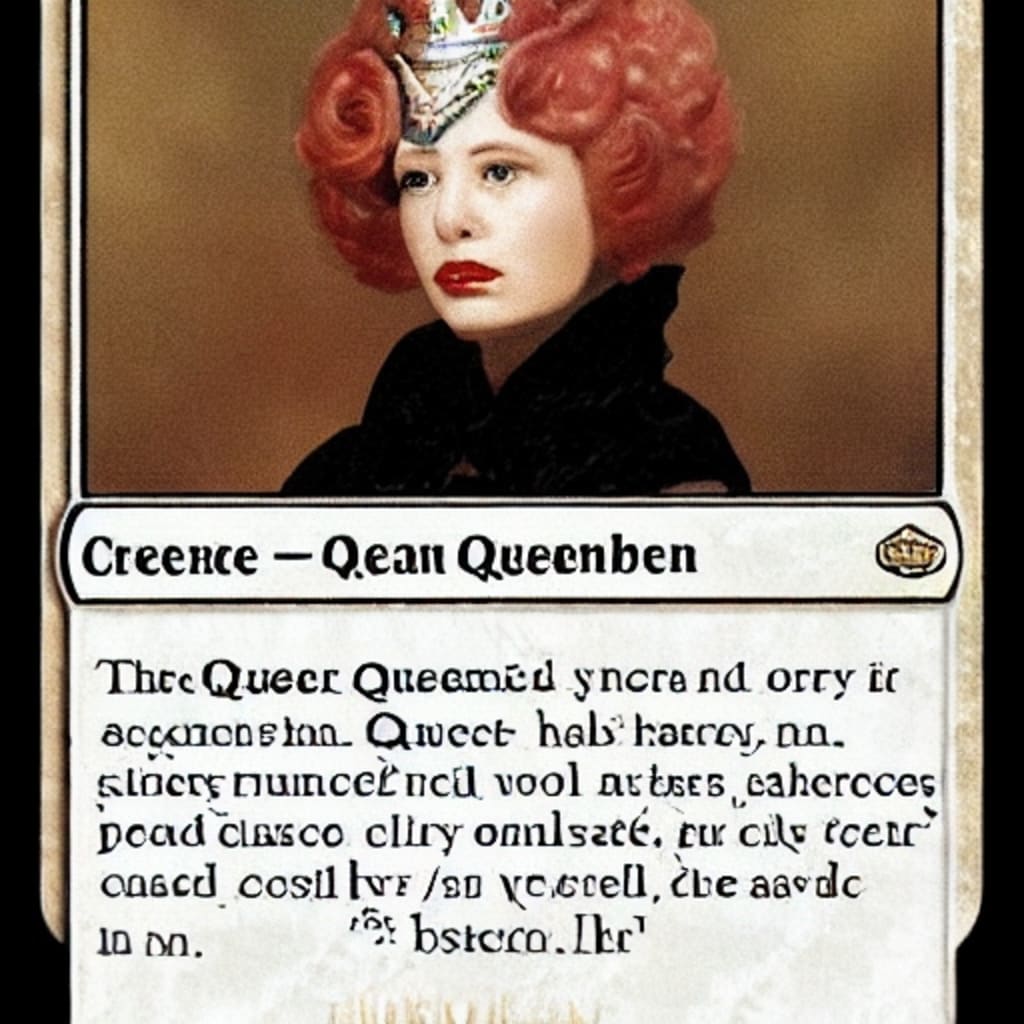Worst queen
One of the tales frequently refered to as one of the most obviously awful throughout the entire existence of queenship is that of Sovereign Mary I of Britain, otherwise called "Cocktail." Mary I administered Britain from 1553 to 1558 and is associated with her tireless abuse of Protestants, acquiring her the scandalous moniker

Most obviously terrible Sovereign: Tomato juice and vodka
One of the tales frequently refered to as one of the most obviously awful throughout the entire existence of queenship is that of Sovereign Mary I of Britain, otherwise called "Cocktail." Mary I administered Britain from 1553 to 1558 and is associated with her tireless abuse of Protestants, acquiring her the scandalous moniker.
Mary's rule was set apart by a progression of sad occasions that added to her negative standing. One of the main variables was her intense Catholicism in a country that had been to a great extent Protestant since her dad, Henry VIII, split away from the Catholic Church. Mary's strict enthusiasm prompted a severe mission to reestablish Catholicism to Britain, bringing about the execution of numerous noticeable Protestant pioneers.
The most famous occasion during Mary's rule was the Marian Oppressions, a progression of strict executions focusing on Protestants. Many people, including diocesans, pastorate, and standard residents, were scorched at the stake for declining to deny their Protestant confidence. These executions were planned to send areas of strength for an and stamp out Protestantism in Britain, yet all things being equal, they developed the divisions in the nation and made an enduring tradition of dread and ill will towards Mary.
Mary's own life likewise added to her negative standing. Her union with Philip II of Spain, a strong Catholic ruler, was profoundly disliked among the English nation who dreaded Spanish impact and control. Furthermore, Mary's inability to create a main beneficiary of secure the Catholic progression prompted a progression emergency, which in the end brought about her relative, Elizabeth I, rising to the privileged position and laying out the long and prosperous rule known as the Elizabethan time.
While it is essential to consider verifiable setting and the difficulties looked by leaders of the time, Mary's activities and approaches during her rule, especially her strict oppression, have solidified her as perhaps of the most terrible sovereign ever. Her rule was set apart by brutality, strict prejudice, and political unsteadiness, leaving an enduring effect on the impression of her as a ruler.
Mary's climb to the high position was not without debate. After the passing of her more youthful stepbrother, Lord Edward VI, Mary's Protestant cousin Woman Jane Dim was broadcasted sovereign by a group of aristocrats who went against Mary's Catholicism. Nonetheless, Mary quickly assembled help and dismissed Woman Jane Dark after only nine days, hardening her case to the privileged position.
Mary's assurance to reestablish Catholicism in Britain was driven by her own convictions and the impact of her Spanish spouse, Philip II. She looked to turn around the strict changes carried out during her dad's rule and return Britain to the power of the Pope. This prompted the restoration of the Catholic Mass, the disintegration of Protestant relationships, and the concealment of Protestant strict practices.
The Marian Abuses, which endured from 1555 to 1558, were described by the serious discipline of strict protesters. Remarkable casualties included Thomas Cranmer, the previous Ecclesiastical overseer of Canterbury, and Hugh Latimer and Nicholas Ridley, two powerful Protestant clerics. The executions were many times public displays intended to ingrain dread and smother resistance to Mary's strict arrangements.
The repercussions of the Marian Oppressions were significant. Numerous noticeable Protestants escaped Britain, looking for shelter in Protestant nations like Switzerland and the Netherlands. These people, known as Marian exiles, assumed a huge part in molding Protestant philosophy and English strict personality during the ensuing rule of Elizabeth I.
Mary's endeavors to wed Philip II of Spain brought about additional analysis. The marriage was profoundly disliked among the English populace because of fears of Spanish predominance and the deficiency of English autonomy. The association likewise neglected to deliver a beneficiary, further powering worries about the Catholic progression.
Mary's reign finished with her passing in 1558. She was prevailed by her relative Elizabeth I, who immediately turned around Mary's strict strategies and restored Protestantism as the authority religion of Britain. Elizabeth's rule brought dependability, strict resilience, and a reestablished feeling of public solidarity to Britain.
While Sovereign Mary I's reign was without a doubt a dim part in English history, it is significant that verifiable records can be molded by predispositions and points of view. Some contend that Mary's expectations were driven by an earnest longing to save spirits and reestablish what she saw as the genuine confidence. By and by, the strict abuse and political disturbance related with her standard have set her place as perhaps of the most dubious and adversely saw sovereign ever.
About the Creator
Enjoyed the story? Support the Creator.
Subscribe for free to receive all their stories in your feed. You could also pledge your support or give them a one-off tip, letting them know you appreciate their work.





Comments
There are no comments for this story
Be the first to respond and start the conversation.